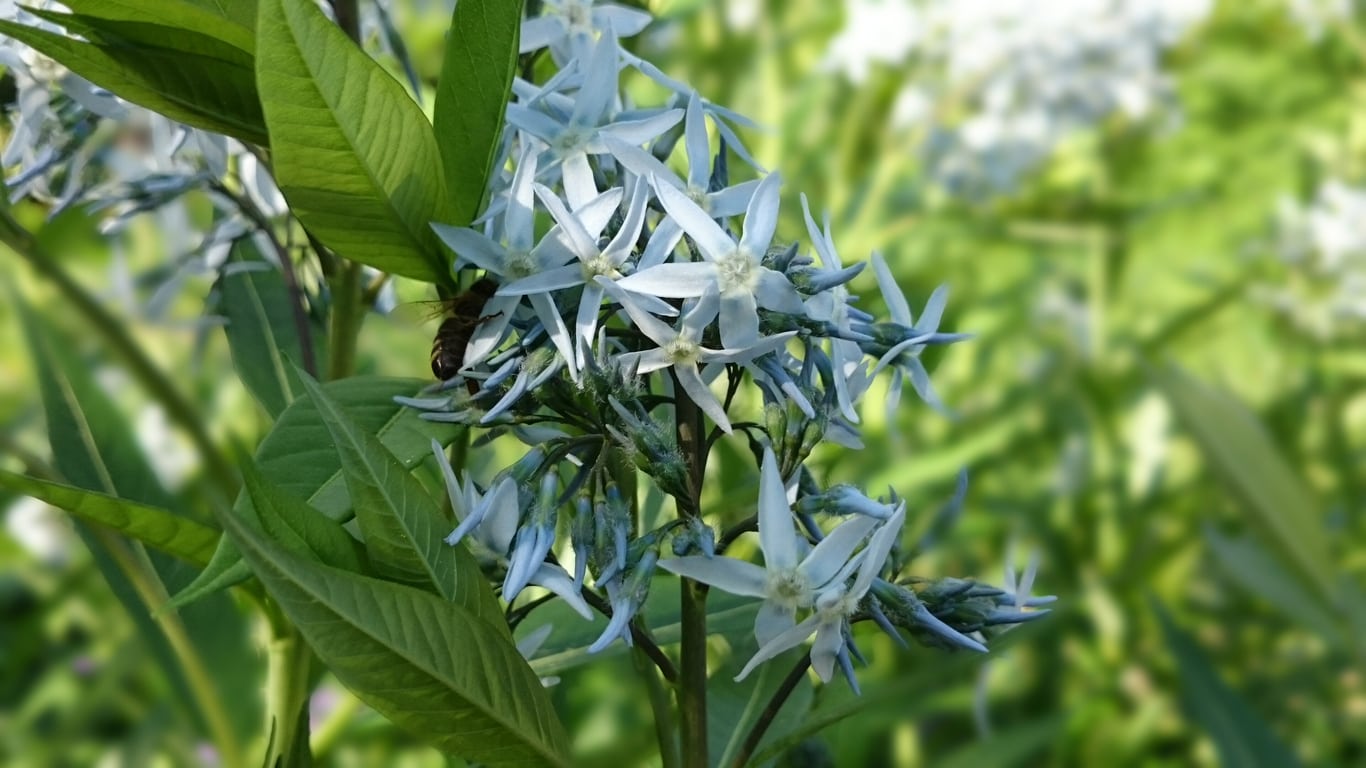Sowing Blue Star Seeds - When And How To Plant Amsonia Seeds


Also known as eastern blue star, Amsonia is a beautiful, low-maintenance perennial that provides beauty to the landscape from spring until fall. Native to the eastern United States, Amsonia bears clusters of pale blue flowers in spring. The fine-textured foliage is lacy and pale green during the summer months, turning bright yellow for about a month in autumn. Growing Amsonia from seed isn’t difficult, but it requires patience because germination is unpredictable and can be frustratingly slow. If you’re willing to give it a try, read on to learn about Amsonia seed propagation.
When to Sow Amsonia Seeds
Start early because growing Amsonia blue star from seed to transplant size can require 16 to 20 weeks and sometimes much longer if germination is slow. Many gardeners prefer to start Amsonia seed propagation in late winter for summer planting.
How to Plant Amsonia Seeds Indoors
Sowing blue star seeds indoors is easy. Begin by filling a planting tray or pot with a well-drained seed starting mix. Add water until the mix is moist but not soggy. One way to do this is to water the potting mix thoroughly, then allow it to drain. Plant Amsonia seeds on the surface of the soil, then gently press the seeds into the soil. Slide the pot or tray into a plastic bag to create a greenhouse-like atmosphere. Place the container in a cool room where daytime temperatures are maintained between 55 and 60 degrees F. (13-15 C.). After three weeks, move the container to a refrigerator to mimic natural winter cold. Leave them for three to six weeks. (Never place the container in a freezer). Water as needed to keep the potting mix moist but never soggy. Move the container back to the cool room until the Amsonia is large enough to move outdoors. Light should be bright but indirect. Transplant seedlings to individual pots when they’re big enough to handle.
Sowing Blue Star Seeds Outside
You may also want to try growing Amsonia from seed outdoors during fall and winter. Fill a seed tray with good quality, compost-based potting mix. Sprinkle the seeds on the surface and press them lightly into the soil. Cover the seeds with a very thin layer of coarse sand or grit. Keep the tray in an unheated greenhouse or cold frame, or place them in a shady, protected location. Keep the soil moist but not dripping wet. Transplant the seedlings into individual pots when they’re big enough to handle. Place the pots in indirect light, but not direct sunlight. Keep the pots in a cool location outdoors until autumn, then plant them in their permanent home.
Sign up for the Gardening Know How newsletter today and receive a free copy of our e-book "How to Grow Delicious Tomatoes".

A Credentialed Garden Writer, Mary H. Dyer was with Gardening Know How in the very beginning, publishing articles as early as 2007.